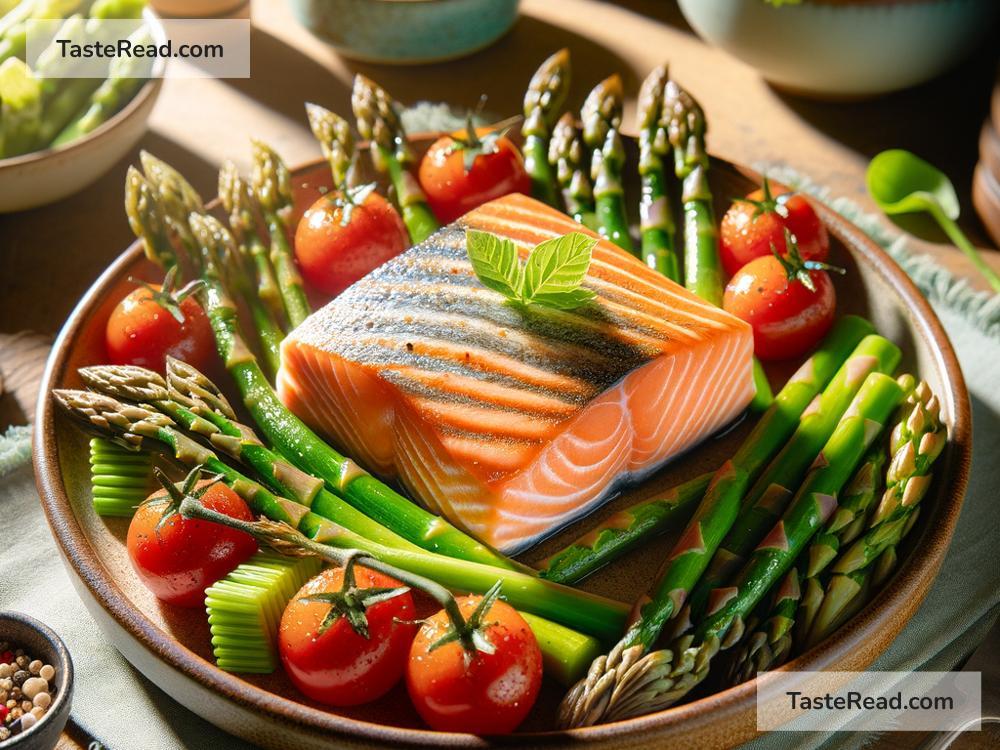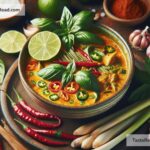How to Cook Sustainable Seafood Dishes
When we cook seafood, we’re not just creating delicious meals—we’re also making choices that affect the planet. Many kinds of seafood come from overfished waters or farms that harm the environment. But don’t worry! Cooking sustainable seafood can be simple and rewarding. By choosing the right ingredients and cooking methods, you can enjoy tasty dishes while protecting the oceans and marine life for future generations.
What is Sustainable Seafood?
Sustainable seafood means fish or shellfish that are caught or farmed in ways that don’t harm the environment or deplete wild fish populations. It respects the balance of the ocean’s ecosystem and ensures we can keep eating seafood for years to come.
There are two main ways seafood can be sustainable:
- Responsibly caught wild fish: These are captured with methods that avoid overfishing and minimize damage to other sea creatures.
- Eco-friendly fish farming: Fish farms, also called aquaculture, can be sustainable when they avoid polluting water and use healthy practices to raise seafood.
How to Choose Sustainable Seafood
Finding sustainable seafood doesn’t have to be complicated. Here are a few easy tips to help you make good choices:
-
Look for labels and certifications: Organizations like the Marine Stewardship Council (MSC) or Aquaculture Stewardship Council (ASC) certify seafood that is sustainably caught or farmed. Look for their labels on packaging when shopping.
-
Do your research: Apps like Seafood Watch (by the Monterey Bay Aquarium) can tell you which seafood is sustainable and which ones to avoid based on where you live.
-
Try local and seasonal options: When seafood comes from nearby waters and is in season, it’s often more sustainable. Ask your local fish market for advice on what’s best.
-
Avoid overfished species: Some popular seafood, like bluefin tuna or Atlantic cod, are often overfished. Opt for species that are more abundant, such as Alaskan salmon or Pacific sardines.
-
Buy smaller fish: Seafood lower on the food chain, like mussels, clams, and anchovies, tends to be easier to farm sustainably and less harmful to wild populations.
Cooking Sustainable Seafood: Simple Ideas
Once you’ve got your sustainable ingredients, the fun starts in the kitchen! Here are three simple recipes to inspire you:
1. Pan-Seared Sustainable Salmon
Salmon is versatile and easy to cook, especially when it’s labeled as responsibly sourced.
Ingredients:
– 2 sustainable salmon fillets
– 2 tablespoons olive oil
– Salt and pepper to taste
– Lemon slices and fresh dill for garnish
Instructions:
1. Heat a skillet over medium-high heat and add the olive oil.
2. Season the salmon fillets with salt and pepper. Place them skin-side down in the skillet.
3. Cook for 3-5 minutes, then flip and cook another 3-5 minutes until golden brown and cooked through.
4. Serve with a squeeze of fresh lemon, a sprinkle of dill, and a side of steamed vegetables.
2. Easy Mussel Stew
Mussels are one of the most sustainable seafood options and cook quickly, making them perfect for cozy stews.
Ingredients:
– 1 pound of mussels (cleaned)
– 2 tablespoons olive oil
– 2 cloves of garlic (chopped)
– 1 small onion (diced)
– 1 cup diced tomatoes
– 1 cup vegetable or seafood stock
– Fresh parsley for garnish
Instructions:
1. Heat the olive oil in a pot over medium heat. Add the garlic and onion and sauté until fragrant.
2. Pour in the diced tomatoes and stock, and let it simmer for 5 minutes.
3. Add the mussels to the pot. Cover and cook for 5-7 minutes until the mussels open up.
4. Discard any mussels that didn’t open. Serve warm with crusty bread and sprinkle parsley on top.
3. Sustainable Shrimp Stir-Fry
Shrimp can be sustainable when farmed responsibly. This quick stir-fry is full of flavor and great for busy nights.
Ingredients:
– 1 pound sustainable shrimp (peeled and deveined)
– 1 tablespoon sesame oil
– 2 cups mixed vegetables (e.g., bell peppers, broccoli, carrots)
– 2 tablespoons soy sauce
– 1 tablespoon honey or brown sugar
– 1 teaspoon grated ginger
Instructions:
1. Heat sesame oil in a wok or large skillet over medium heat.
2. Add the shrimp and cook for 2-3 minutes until pink. Remove and set aside.
3. Toss the mixed vegetables into the skillet and stir-fry for 5 minutes.
4. Mix soy sauce, honey, and ginger in a small bowl, then pour it over the vegetables.
5. Return the shrimp to the skillet, cook for another 2 minutes, and serve over rice or noodles.
Tips for Sustainable Seafood Cooking
- Don’t waste seafood: Use the entire fish whenever possible. You can use fish heads and bones to make delicious stocks.
- Experiment with plant-based alternatives: Try dishes like vegan “crab cakes” made with hearts of palm or jackfruit to reduce seafood consumption altogether.
- Maximize flavor with simple seasonings: Fresh herbs, lemon, and garlic go a long way in enhancing natural seafood flavors.
Why Your Efforts Matter
The ocean provides food for millions of people, but overfishing, pollution, and climate change are putting marine life at risk. By choosing and cooking sustainable seafood, you’re taking a small but important step toward protecting our planet. Plus, you’ll enjoy fresher, healthier, and tastier meals!
So, next time you plan your dinner, make sustainable seafood a part of your menu. It’s good for the environment, and it’s delicious too! Bon appétit!


